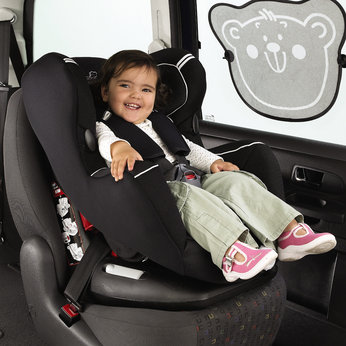Different Types of Seats
Choosing the Right Seat Child car seats are essential for safety and are required by law. The type of seat depends on the child’s weight, height, and age. Here is a concise guide to help you select the appropriate car seat:
| Seat Type | Weight range | Age range |
| Infant seat (Group 0+) | Up to 13kgs | Birth to 12 months |
| Infant/Child seat (Group 0 to 1) | Up to 18 kgs | Birth to 4 years |
| Child Seats (Group 1) | 9kgs – 18kgs | 9 months – 4 years |
| Booster Seats (Group 2) | 15kgs – 25kgs | 4 years – 6 years |
| Booster Cushion (Group 3) | 22kgs – 36kgs | 6 years – 11 years |
Key Considerations
- Ensure the seat is compatible with your car. Have the retailer demonstrate proper installation.
- Seat Fit: 70% of the seat base should contact the car seat. Avoid more than a 10% overhang.
- Seat Belts: Ensure the seat belt is long enough and does not have buckle crunch.
- Support Legs: If the seat has a support leg, it should not rest on a floor storage compartment unless properly reinforced.
- ISOFIX: For ISOFIX seats, check that your car supports this installation type. Refer to your car manual or retailer for confirmation.
 Example of a well installed car seat
Example of a well installed car seat
General Advice
- Always follow the car seat’s manual for installation.
- Children should remain in rear-facing seats as long as possible for maximum safety, ideally up to 4 years old.
- Deactivate the front airbag if placing a rear-facing seat in the front of the car.
- Ensure the seat’s harness is properly adjusted to fit snugly around the child, without bulky clothing.
- Replace the car seat if it has been involved in an accident or is over five years old.
- Avoid second-hand car seats as they may not meet current safety standards or could be damaged.
Legal Requirements
- Under 3 Years: Must use an appropriate child car seat.
- 3 to 11 Years (under 135cm): Must use an appropriate child car seat if available; otherwise, an adult seat belt must be worn.
- 12 Years and Older (or over 135cm): Must wear an adult seat belt.
Exemptions
Children are exempt from using a car seat or seat belt under specific circumstances, such as medical exemptions, disabilities, or if traveling in certain vehicles without available restraints. Always check the latest local regulations .
For more detailed information and guidance, refer to the official Jersey road safety guidelines and consult with certified child car seat retailers.